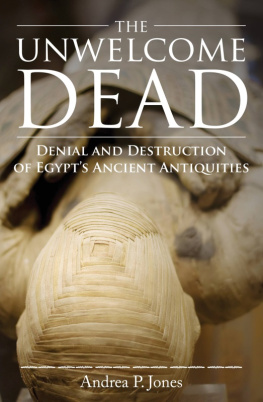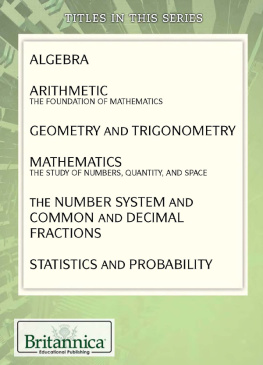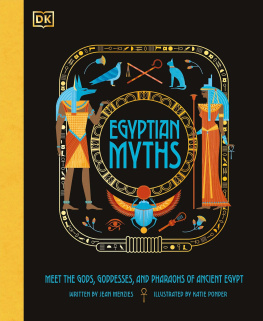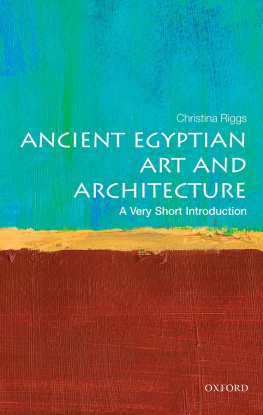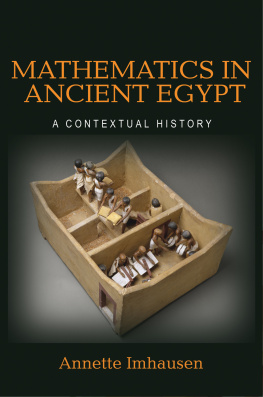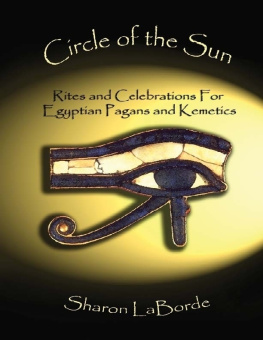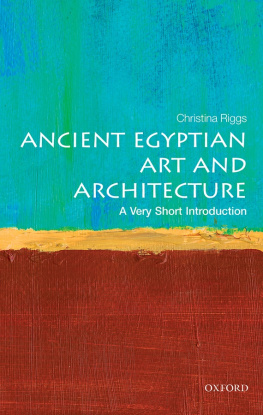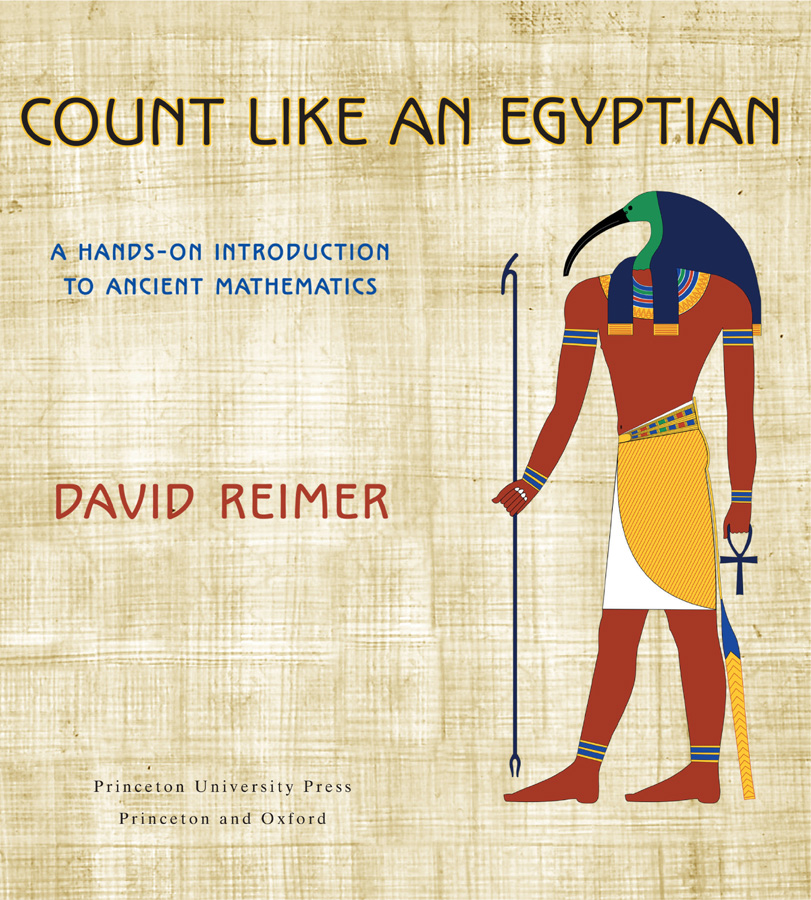COUNT LIKE AN EGYPTIAN
Copyright 2014 by Princeton University Press
Published by Princeton University Press, 41 William Street, Princeton, New Jersey 08540
In the United Kingdom: Princeton University Press, 6 Oxford Street, Woodstock, Oxfordshire
OX20 1TW
press.princeton.edu
All Rights Reserved
Library of Congress Cataloging-in-Publication Data
Reimer, David, 1962- author.
Count like an Egyptian / David Reimer.
pages cm
Includes index.
ISBN 978-0-691-16012-2 (hardcover : alk. paper) 1. Mathematics, Babylonian.
2. Mathematics--Egypt. I. Title.
QA22.R38 2014
513.2'11--dc23
2013036208
British Library Cataloging-in-Publication Data is available
This book has been composed in Times Ten
CONTENTS
PREFACE
A number of years ago a colleague of mine looked over my class notes for a course in the history of mathematics. She pointed out that I had misinterpreted the ancient Egyptian method. At that time, Egyptian computation was only a small part of the class, but I wanted to make sure that everything was done properly. So I pulled all my history of mathematics texts off the shelf and reread the Egyptian sections. What I found hardly helped me at all. There were only a few trivial examples followed by abstract discussions filled with equations completely out of context.
I decided that I needed to learn Egyptian mathematics the old-fashioned way. I obtained a translation of the Rhind Mathematical Papyrus, the only known complete Egyptian math text, and worked my way through it as I would any modern textbook. I could always get correct answers to the exercises, but more often than not, the solutions in the papyrus were solved in a different way. Even worse, their solutions took far less work than mine. I would stare endlessly at the point where our solutions diverged and ask myself, what did they see that I could not?
Eventually I developed an instinct for the subject. By the second pass through the book, I could often match their solutions. By the third pass, I could occasionally better them, but I would always understand why they made the choices they did. I would also be aware of what knowledge I had and they didnt that enabled me to beat them. Surprisingly enough, at my peak, I found that I could perform most computations faster in Egyptian than I could with modern methods.
I attacked the subject both academically and pedagogically. Egyptian methods produce answers efficiently, but its not clear on casual observation why it works as well as it does. I spent a fair amount of time dissecting tables and algorithms in an attempt to understand this aspect of their system. I used pedagogy to attempt to get into the mind of the ancient mathematicians. Every teacher asks questions for a specific reason. If you look at adjacent questions in a math text, you will often see that although they are similar, the second one often requires one additional thought or method to solve. Noticing this, you can realize what the writer is trying to teach you with this question. By examining the difficulty of the different parts of the computation, you can begin to grasp what they want you to focus on and what is a trivial detail to be glossed over.
After doing this, I went back to my history of math texts thinking that my newfound knowledge would give me greater insights into the authors discussions. However, upon rereading, I couldnt help but feel that they just didnt get it. They continually focused on insignificant details or challenging problems rather than on the themes central to the Egyptian system. They expressed their ideas in algebra, which often overly complicates simple ideas. Since algebra in its current form would not exist for more than three thousand years after the creation of the Rhind papyrus, using modern algebra was a bit off the point.
At about the same time, I had been working on my notes for the Greek section of my course. At first I alternated sections on math and historical background. However, as I delved deeper into the development of Greek philosophy, I noticed that the two were inextricably linked. The ideas of a philosopher would never explain how to solve a particular problem, but they would give great insight into why they considered the problem important. Further study revealed connections between Greek social structure, historical events, cosmology, and the changes in their mathematics. Slowly I learned to merge the cultural history and the math into single documents. The positive feedback from students and colleagues reading my notes convinced me that my efforts were well worth it.
This book is the result of these two influences. Ive become convinced that you cant appreciate Egyptian mathematics without doing it. Just as you cant understand baseball by examining lists of dry statistics, you cant learn Egyptian math with a sampling of abstract discussions. As a former professor of mine once said, Math is not a spectator sport; you need to play the game. In order to do this we need a complete working mathematical system. The truth is that we cant be sure how Egyptians performed some of their mathematics, because they often skipped steps or simply listed some things in table form with no discussion as to how they were derived. To remedy this, Ive filled in the gaps giving possible methods. Often I will give more than one interpretation. Ive tried to clearly state when something is known and when it is conjectured.
Ive also done my best to give all of the sections some context consisting of light historical background. Giving someone a good reason to know something is as important as conveying the knowledge itself. It not only helps us appreciate the information but also makes us more likely to retain it. We need to set the material apart from the constant barrage of data overload we so readily discard. While Im fairly satisfied with my attempts in this regard, there are a few points late in the book where it was all but impossible to find meaningful context. Minor nuances in computational methods dont lend themselves to interesting anecdotes. In these cases, Ive included some historical background in order to maintain the tone of the book. Often the connection to the material is metaphorical at best, but hopefully it will appeal to readers who appreciate the historical aspects of Egypt.
In order to make the book more accessible and appealing, Ive kept the discussion light and the rhetoric conversational. Ive included diagrams, humor, and anecdotes drawn from many historical periods. Like any good storyteller, Ive accentuated the drama and made villains and heroes out of the characters within. Ive also kept the mathematics light. You will need little beyond addition, subtraction, and the multiplication of whole numbers. Each section takes the reader in small, easily understood steps. This is not intended to be a book overstuffed with information but rather an easy read that slowly but surely leads you to a deep understanding of the material.
This book could be used as a supplementary text for a history of mathematics course. It could also serve as part of an interdisciplinary course. However, it is intended to be a light enjoyable read accessible to anyone at the junior-high level on up.
INTRODUCTION
ENGLISH IS STUPID
Far too many decades ago, I was sitting in a junior-high Spanish class. The topic of the hour was the conjugation of verbs, but one of them didnt follow the standard rules. This bothered my budding mathematical sensibilities, which required that all things follow well-regulated patterns. I asked the teacher why this word was different, and she simply responded Thats just the way it is, to which I replied, Well, Spanish is stupid.
Next page

